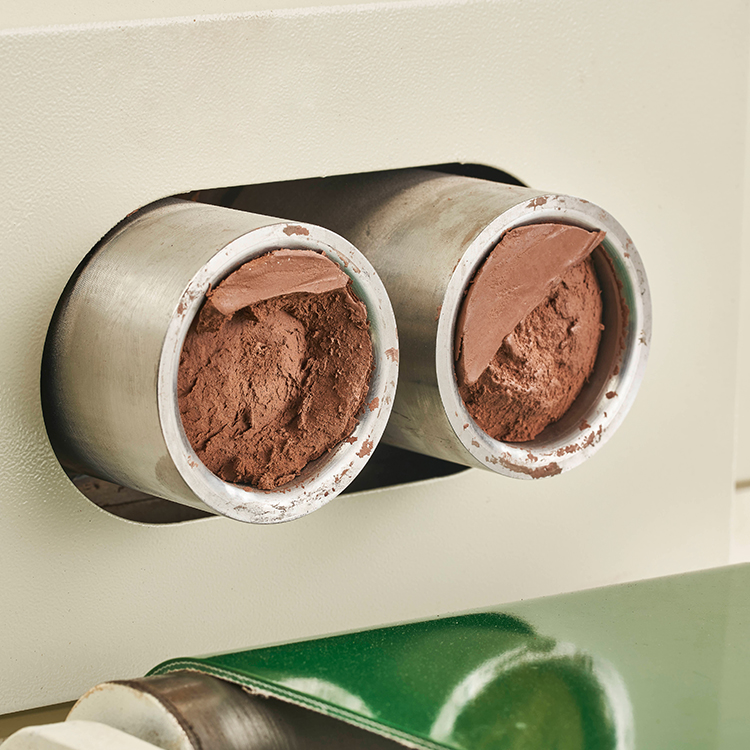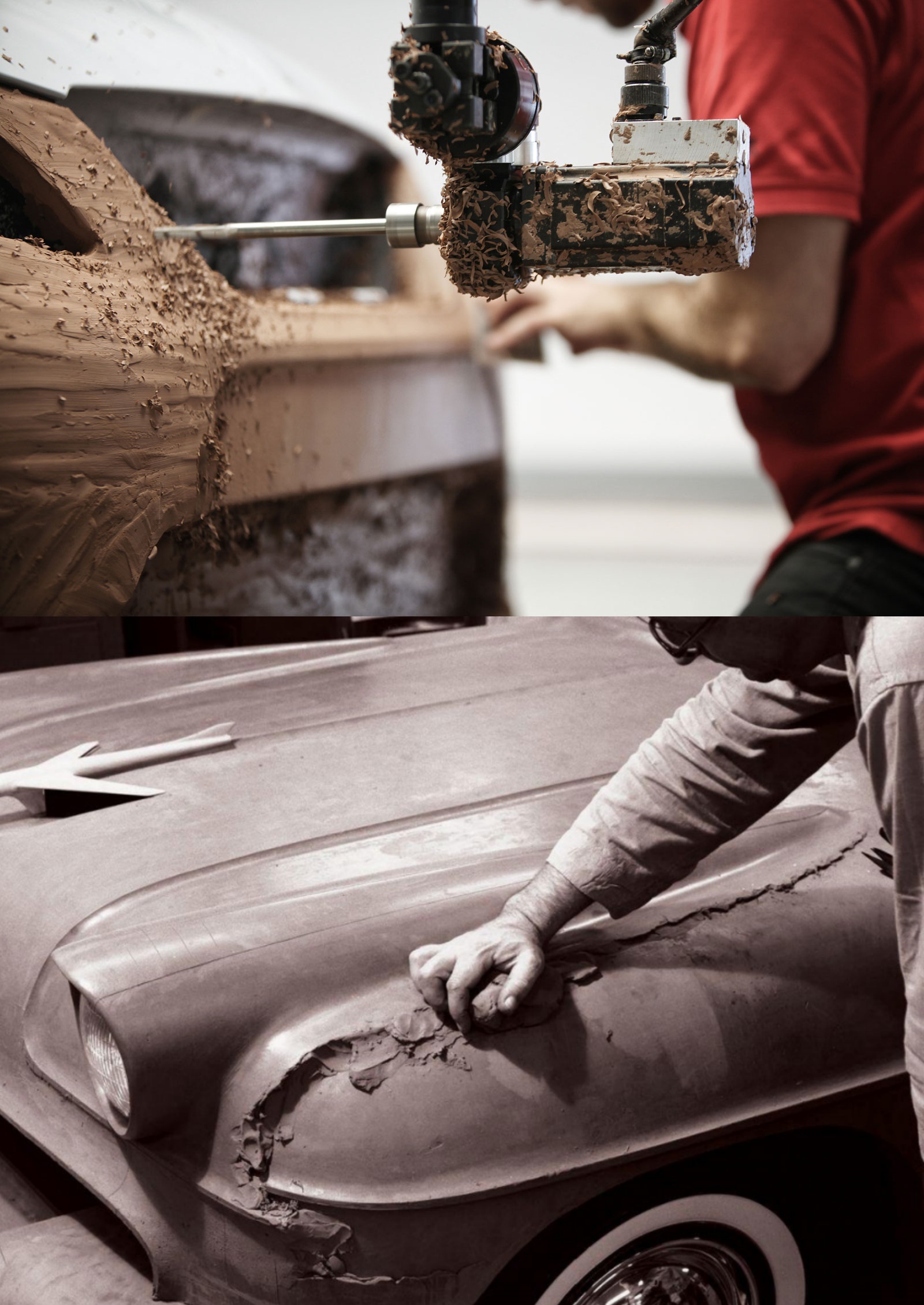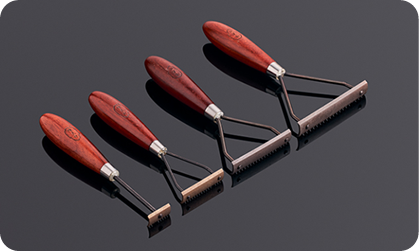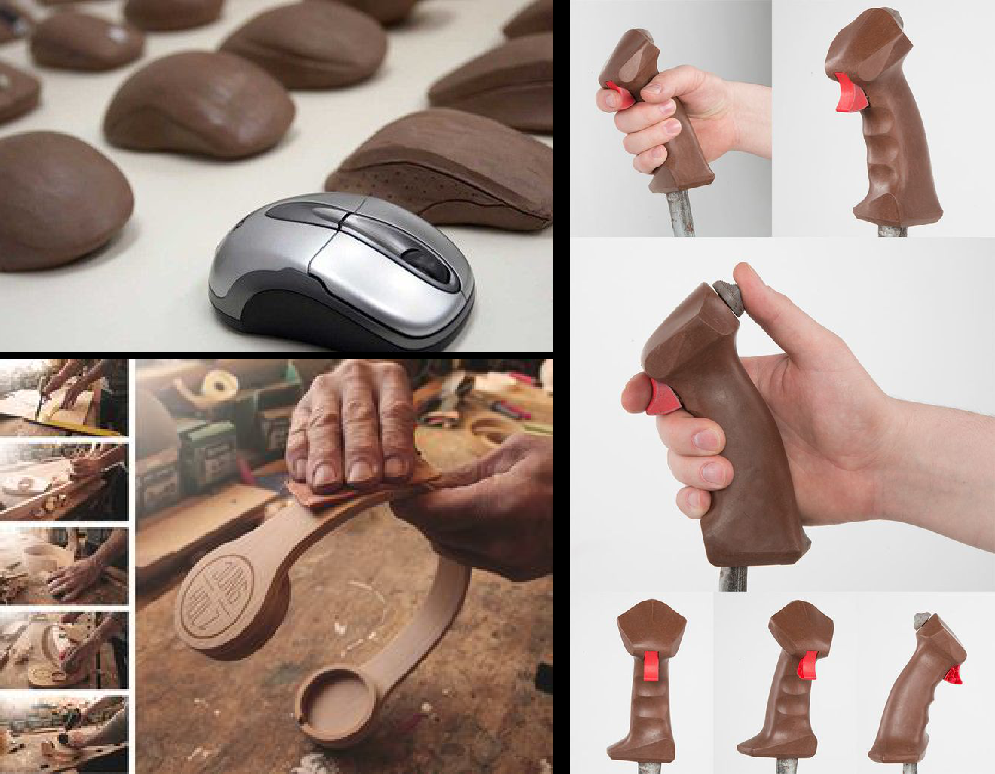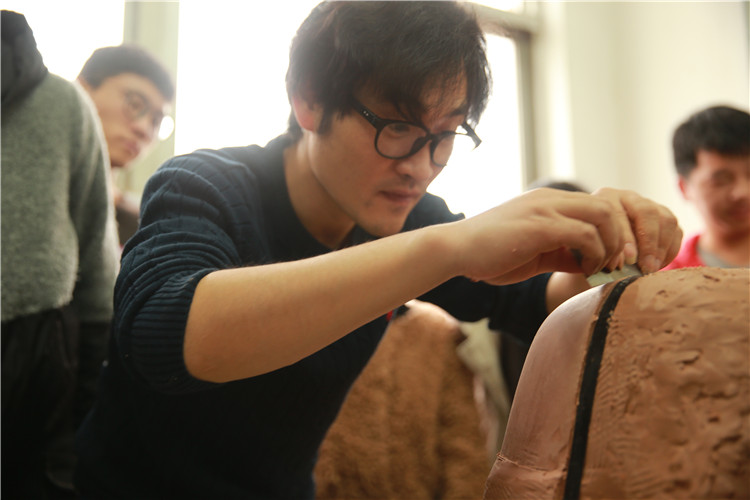Foundation models, real-time rendering, and headsets are speeding up decisions. But the final call on proportion, light, and feel still happens on a physical surface—thanks to automotive clay modeling.
The new front end
Generative tools now do the heavy lifting early. Parametric tweaks spin out dozens of stance and section options in hours, not weeks. Toolpath automation pushes CNC rough bucks closer to the target surface. Vision models flag waviness and chatter before anyone picks up a scraper. Data pipelines keep CAD and shop floor in sync, so there’s no more “screen says A, model says B.” The net effect: fewer models go up on the stand, and the ones that do are already “near-final,” so craft time lands on the decisive 10%.
What VR really fixes
VR puts every stakeholder in the same virtual room with shared lighting and viewing distance—great for culling obvious misses and validating overall attitude. It’s fast, inclusive, and perfect for remote teams. But VR’s highlights are cleaner than reality, and scale can lie on a giant display. The practical rule many studios follow: VR checks direction; the clay table checks conviction.
Why the clay stays
Some judgments only land in real space. Is the beltline tight or lazy? Is that break crisp enough? Do the volumes breathe when you walk the car under a light band? Those answers emerge with a scraper in hand, not a controller. In plain terms: digital makes it look right; automotive clay modeling makes it feel right.
A day in the new workflow
Morning is for data—refinements, parametric swaps, quick VR passes. Afternoon belongs to the stand—hand finishing, cross-direction passes to settle highlight flow, long tools for read and reach. Evening brings the decision with design, engineering, and brand in the same room, around the same object. AI and VR lower the odds of a “wrong” model reaching the stand; clay brings everyone to a confident yes.
Material control, simpler rules
Keep the material steady, keep the surfaces clean. Clay typically softens around 60°C, which helps ensure consistent plasticity. Apply in layers and degas to avoid trapped air and later delamination. Rough in points and lines before building continuous surfaces; finish with crossed strokes to calm the surface and stabilize the high-light. Straightforward craft, sharper results.
New risks, new rules
AI can average a brand’s character into something agreeable but anonymous. VR can warp perception—some areas feel oversized or starved once they’re full-scale. Countermeasures are simple and procedural: codify brand-defining surfaces, bring those up in clay early, set fixed VR viewpoints at eye height, and run a physical highlight track. If a section really matters, park a 1:1 spline on the model as a reality anchor.
Cost and sustainability, upgraded
Fewer dead-end models mean fewer wasted cycles. Data-tracked recycling tightens the loop: batches are logged, softening is controlled, and vacuum extrusion pulls out bubbles so reclaimed clay feels closer to fresh stock. Waste drops, consistency climbs, budgets breathe.
What changes, what doesn’t
AI and VR have changed how quickly a studio finds the right hill to climb. Automotive clay modeling still decides where to plant the flag. As long as production programs demand cross-functional agreement on proportion, light, and material feel, the last cut won’t be in a headset—it’ll be on a surface you can see and touch.










